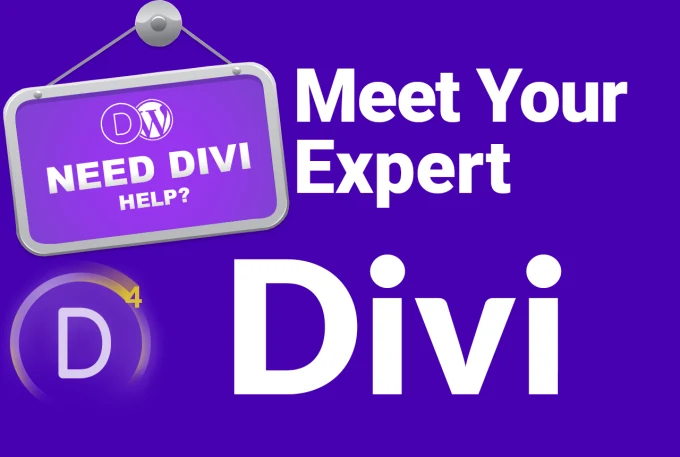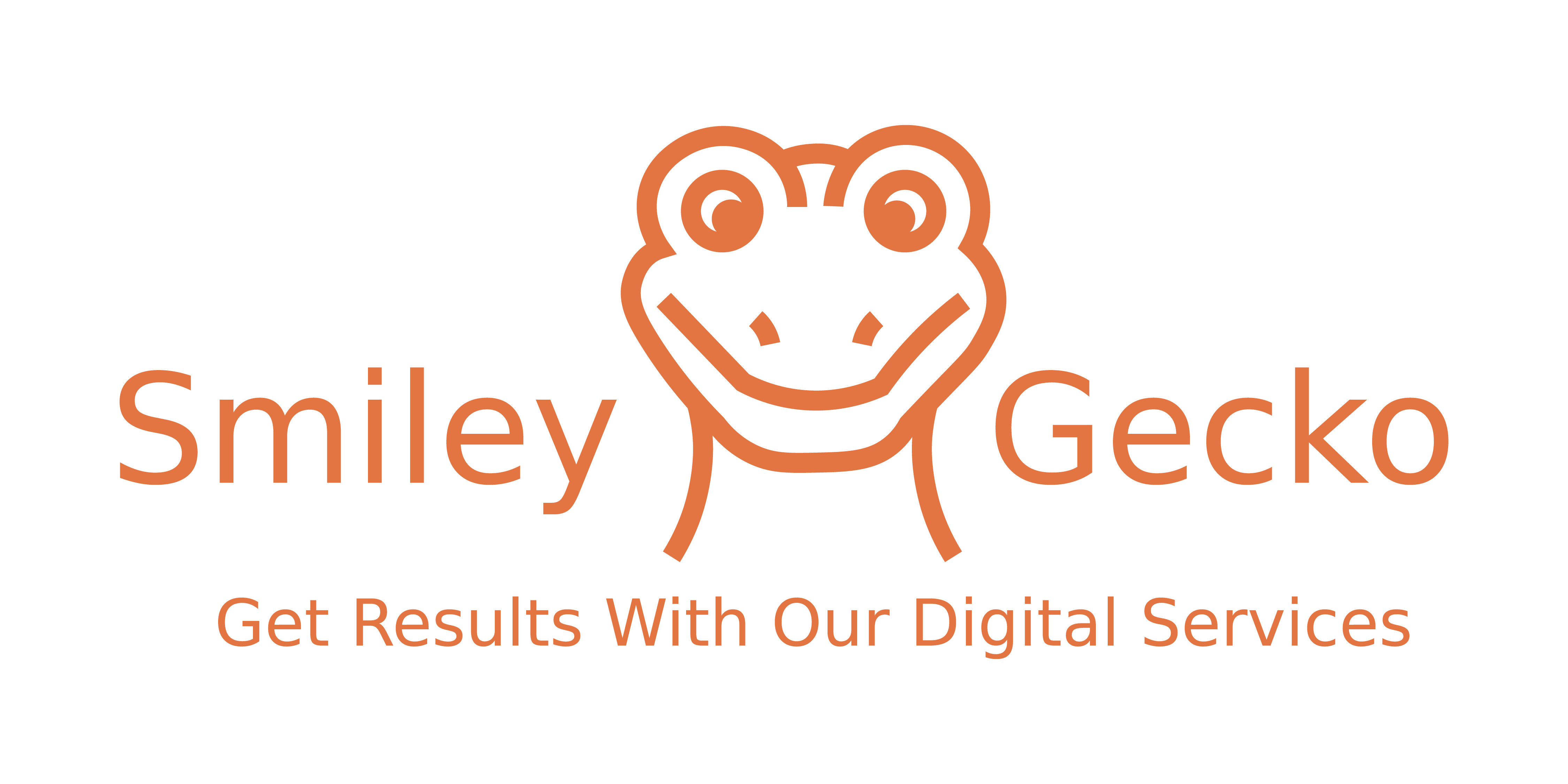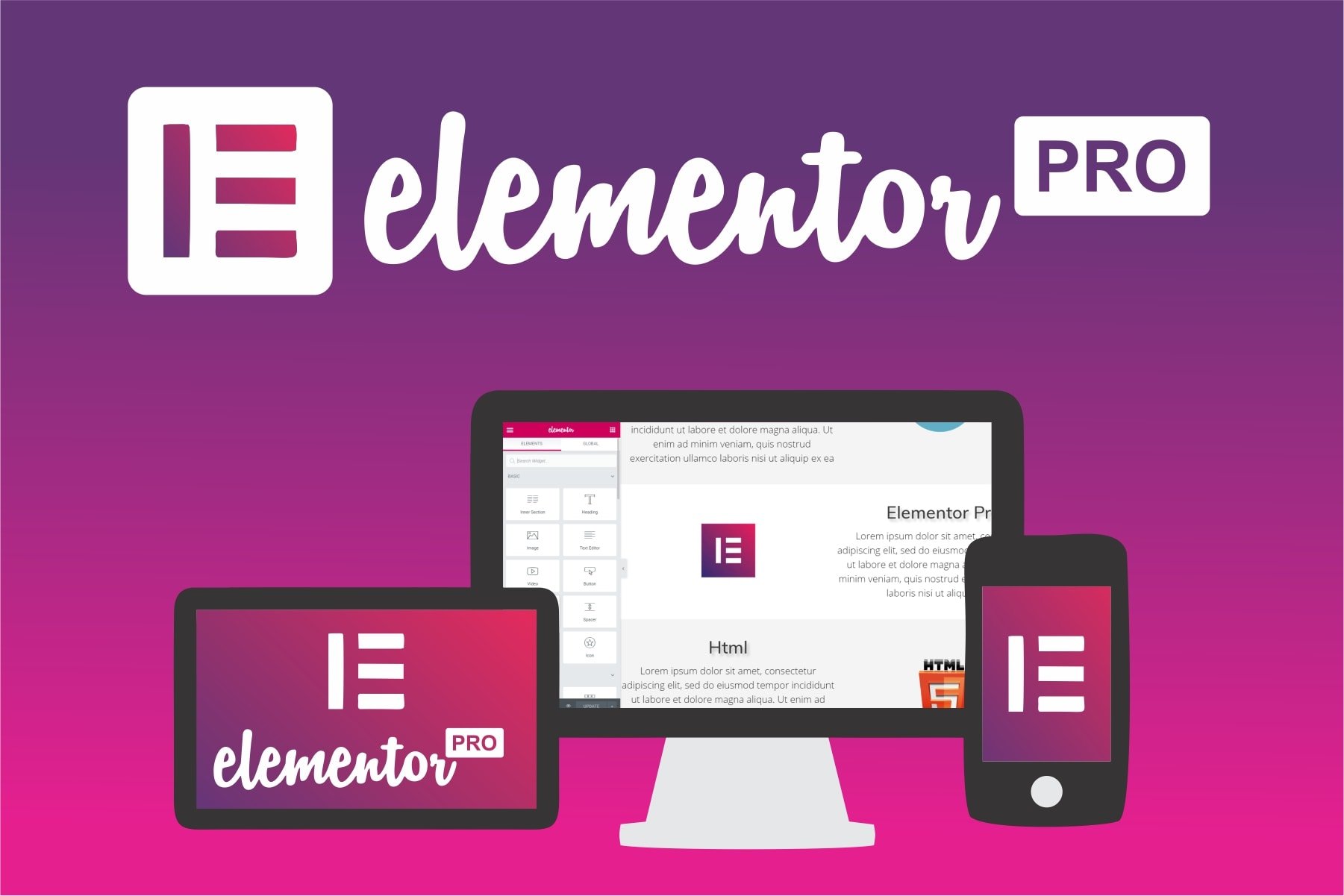Demystifying the Buzzword: What is UX Design?
The digital landscape is teeming with jargon, and “UX design” is undoubtedly one of the hottest terms floating around. But what exactly does it mean? Is it just fancy terminology for graphic design, or is there something more to it? Buckle up, curious minds, because this blog post is your crash course in demystifying the world of UX design.
Understanding the User Experience (UX):
Before diving into design, let’s first understand what “UX” refers to. The user experience (UX) encompasses everything a user feels, perceives, and interacts with when using a product, service, or system. It’s the entire emotional and functional journey they take, from initial exposure to final interaction. Think of it like visiting a restaurant: the aroma of fresh bread, the friendly greeting, the intuitive menu, the delicious food, and the warm farewell all contribute to your overall user experience.
Why is UX Design Important?
In today’s digital age, competition is fierce. Users have countless options at their fingertips, and their time and attention are precious commodities. A fantastic UX design can be the deciding factor that converts a casual visitor into a loyal customer or a hesitant user into an enthusiastic advocate. Here’s why great UX design matters:
- Boosts usability and accessibility: A well-designed interface is intuitive and easy to navigate, enabling users to achieve their goals quickly and efficiently. This is especially important for users with disabilities, ensuring everyone has equal access and a positive experience.
- Enhances user engagement: When using a product that feels effortless and enjoyable, users are more likely to stay engaged and explore its full potential. This translates to increased brand loyalty and customer satisfaction.
- Drives business success: Ultimately, good UX design leads to higher conversion rates, improved brand reputation, and ultimately increased revenue. It’s an investment that pays off handsomely in the long run.
So, what does a UX designer do?
UX design is a multifaceted discipline that encompasses various skills and processes. Here’s a glimpse into the world of a UX designer:
- User research: Understanding users is the cornerstone of UX design. Through surveys, interviews, and usability testing, UX designers gather valuable insights into user needs, behaviours, and expectations.
- Information architecture: Organizing content and functionality logically and intuitively is crucial for efficient navigation. UX designers create sitemaps and wireframes to ensure users can find what they need quickly and easily.
- Interaction design: This involves designing how users interact with elements like buttons, menus, and forms. Every click, tap, and swipe should be intentional and provide seamless interaction.
- Visual design: While aesthetics are important, visuals should always serve a purpose within the UX. UX designers create layouts, colour palettes, and typography that enhance usability and user engagement.
- Prototyping and testing: Bringing designs to life through prototypes allows users to experience the product and provide feedback for further refinement. This iterative process ensures the final product meets user needs and expectations.
Are you ready to explore the world of UX design?
Now that you have a grasp on the basics, you might be wondering how to get involved. Here are some resources to kickstart your UX journey:
- Online courses: Platforms like Coursera and Udemy offer comprehensive UX design courses for beginners and experienced professionals alike.
- Bootcamps: Immersive boot camps provide intensive training in UX design and related skills, preparing you for a career in the field.
- Books and blogs: Stay updated on the latest UX trends and insights by reading books like “Don’t Make Me Think” by Steve Krug and subscribing to blogs like Nielsen Norman Group.

Remember, UX design is not just a buzzword; it’s a critical approach to crafting meaningful and valuable user experiences. By understanding its principles and exploring the resources available, you can contribute to creating products and services that truly make a difference in people’s lives.
I hope this blog post provides a clear and engaging overview of UX design. Please feel free to ask any further questions you might have!





0 Comments